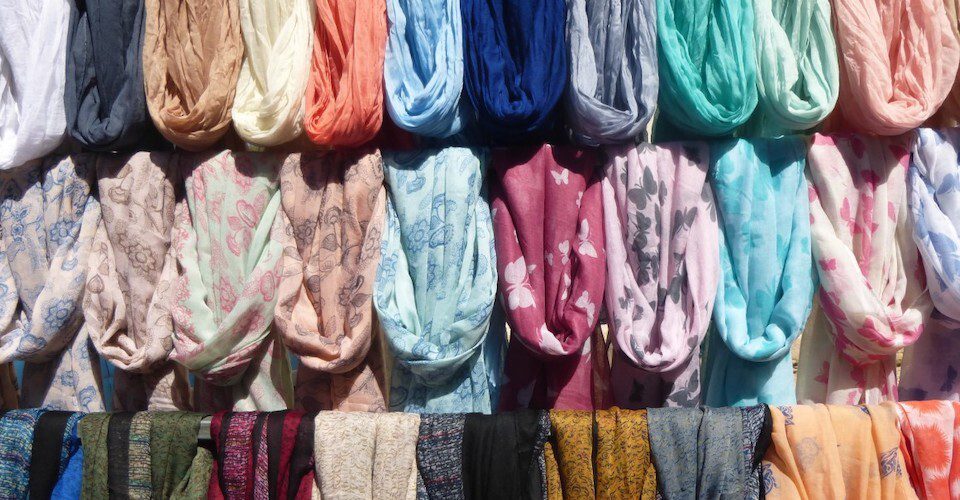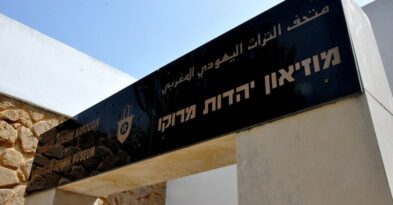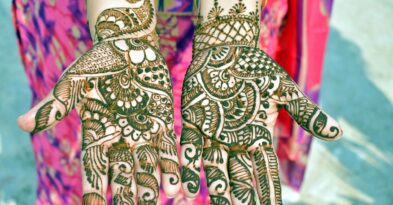Moroccan Costumes
Morocco is a country rich in history, traditions, peoples, culture, religion, climate, geography and more. Each of these aspects of the country influences the dress fashion of Moroccans. Among the wide variety of clothes in Morocco, we find many refined clothes that evoke the luxurious dress style of the country.
Djellaba
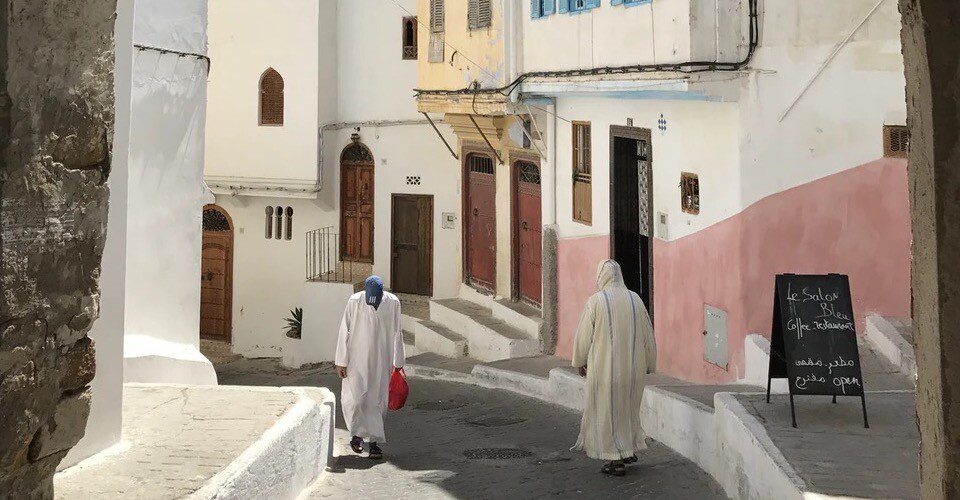
If you walk through the streets of any city in Morocco, you will certainly see some men and women wearing long, loose hooded dresses over their normal clothes. This dress is called the djellaba. It covers the entire body except the head, hands and feet. Formerly the garment of high dignitaries, reserved exclusively for men, the djellaba extended to women since the 1950s when it has gradually replaced the haik.
Formed of a long loose tunic most often with a hood, the djellaba is the ultimate casual garment. Put on like an overcoat, this garment of Berber origin releases the movements and camouflages … (sometimes)the pajamas.
Men only wear a djellaba for special occasions. For a traditional look, the male djellaba is accompanied by a tarbouche (garnet-colored hat) and yellow slippers ( belgha ).The djellaba for women is more colorful compared to that of men and nowadays, djellabas have become shorter and thinner. A djellaba is mostly worn out of the house and there are djellabas for each day as well as for special occasions.
The djellaba for women is different from that of men by its style and purpose. Women wear a djellaba for different reasons. First of all, it is a very comfortable and aesthetic garment. Secondly, it is a modest garment to wear in a Muslim country. There are verses from the Quran that mention the djellaba as a dress that must be worn by Muslim women. Some women wear it with a scarf around their necks or their heads. It is also worn during family visits during religious holidays.
Kaftan
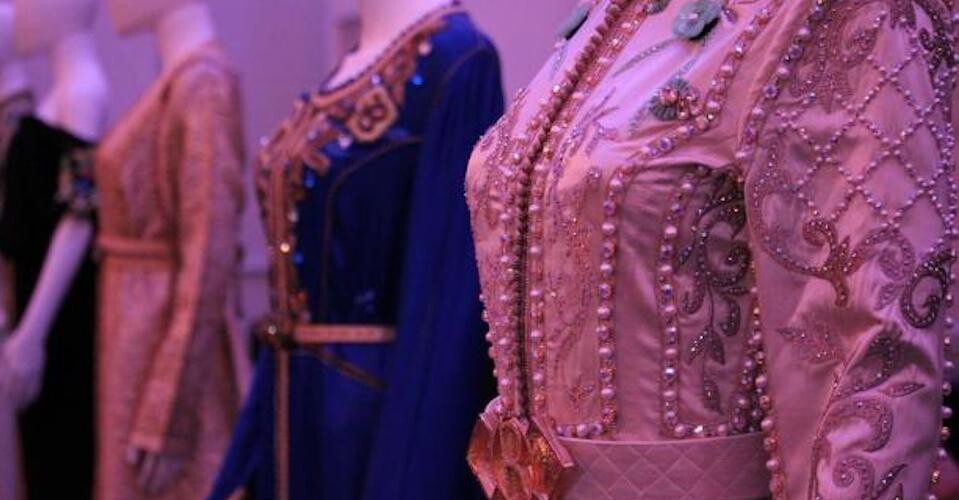
Ultimate piece of the Moroccan fashionista, member of the elitist club of high-fashion, the kaftan is a long tunic that stands out for the richness, refinement and sumptuousness of its fabrics and its ornamentation, going towards more and more grace and femininity.
This Moroccan garment that looks like the djellaba but without the hood. The origins of the kaftan date back to the Ottoman Empire. Indeed it was one of the finest Ottoman clothes worn by the elite. Like other clothes, it has evolved over time.
The kaftan would have traveled from Persia to Moorish Andalusia before being adopted into the Kingdom of Morocco. In Morocco, it is only used for special occasions: weddings(kaftan is the basic garment of the bride on her wedding day), baptisms, traditional celebrations and other family celebrations. It is also worn under a takchita, which is another beautiful dress decorated on the front with traditional handmade buttons, wide sleeves and a thick belt worn around the waist. If you are lucky enough to be there, you will be amazed by the splendor of unique and handmade creations. Colors, cuts, embroidery and effects of materials testify to a century-old craft tradition and set the tone of the party. As opposed to the djellaba, a kaftan is not worn outside the house.
Takchita
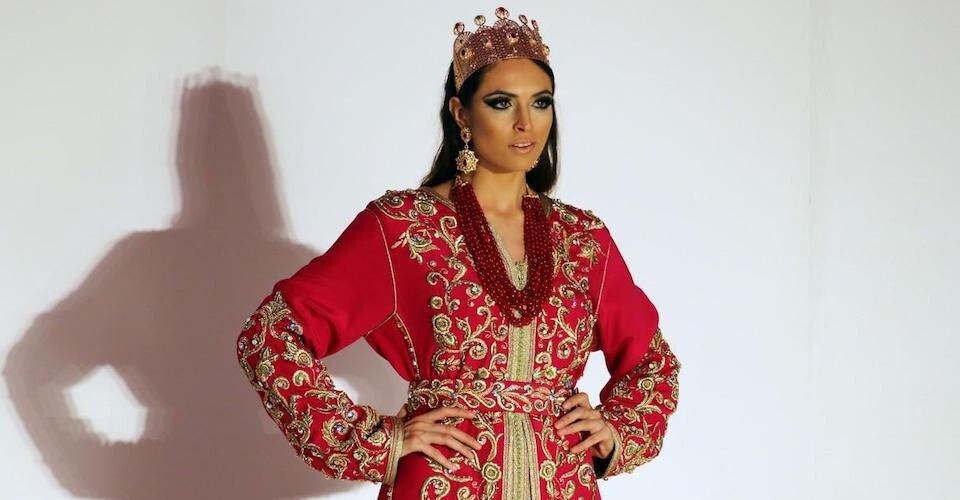
Takchita is the revisited kaftan of stylists with its original shapes, bold cuts and original touches.
Unlike the one-piece kaftan, tackchita has two or more pieces that are superimposed to sublimate the effects of materials and styles. Cut in velvet, silk or brocade, the takchita is tight at the waist by a belt embroidered with silk thread, silver or gold called Mdamma. The colorful, feminine rendering gives Moroccan weddings the air of haute-couture fashion shows that are particularly iridescent.
The haik
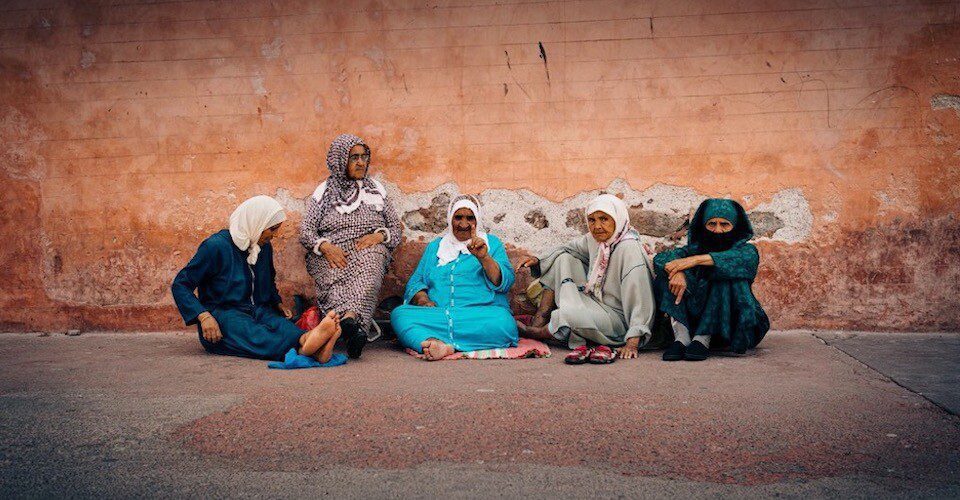
Far less visible and popular than djellaba, gandoura, kaftan or takchita, haik remains in a few rare cities in Morocco .
In Essaouira in particular, it is not uncommon to see enigmatic silhouettes draped in this imposing piece of fabric made of wool, linen or cotton. The haik is traditionally white, more rarely black, beige, brown or ecru.
In Taroudant where it is called tamelhaft , it has the distinction of being indigo blue. Like the Indian sari, the haik is cut in a single piece of about 2 meters by 6 meters. The Moroccan city-dwellers once wore it to survey the alleys of the medina in all discretion. Unlike rural and Saharan women, city dwellers had the habit of veiling their faces.
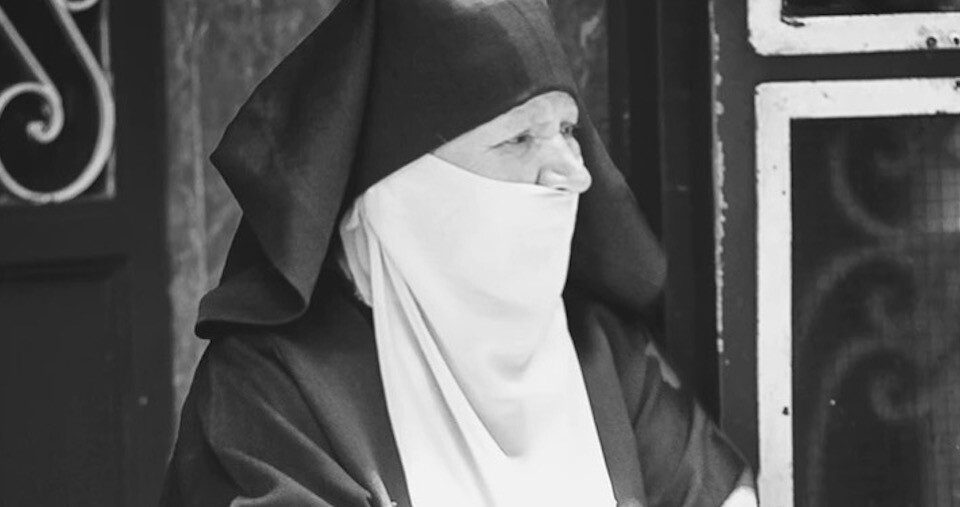
Old vintage photos from the 1950s testify to the importance of haik in Moroccan dress traditions. To the difference of the rural woman, especially Berber of the high and middle-atlas and the Saharan woman, who does not veil her face, the Moroccan city-dweller, she, could not go out in the street, at the beginning of the 50’s.
Fallen into disuse after independence, the haik was gradually replaced by djellaba and other popular clothes under Western skies. Today, only a few old women still hide behind the haik.
This large white drape, which only reveals the eyes, has inspired many artists, painters and photographers. Also, the haik should not be confused with the niqab, the burqa, the abaya or the chador that do not belong in any way to the Moroccan dress tradition
The Selham
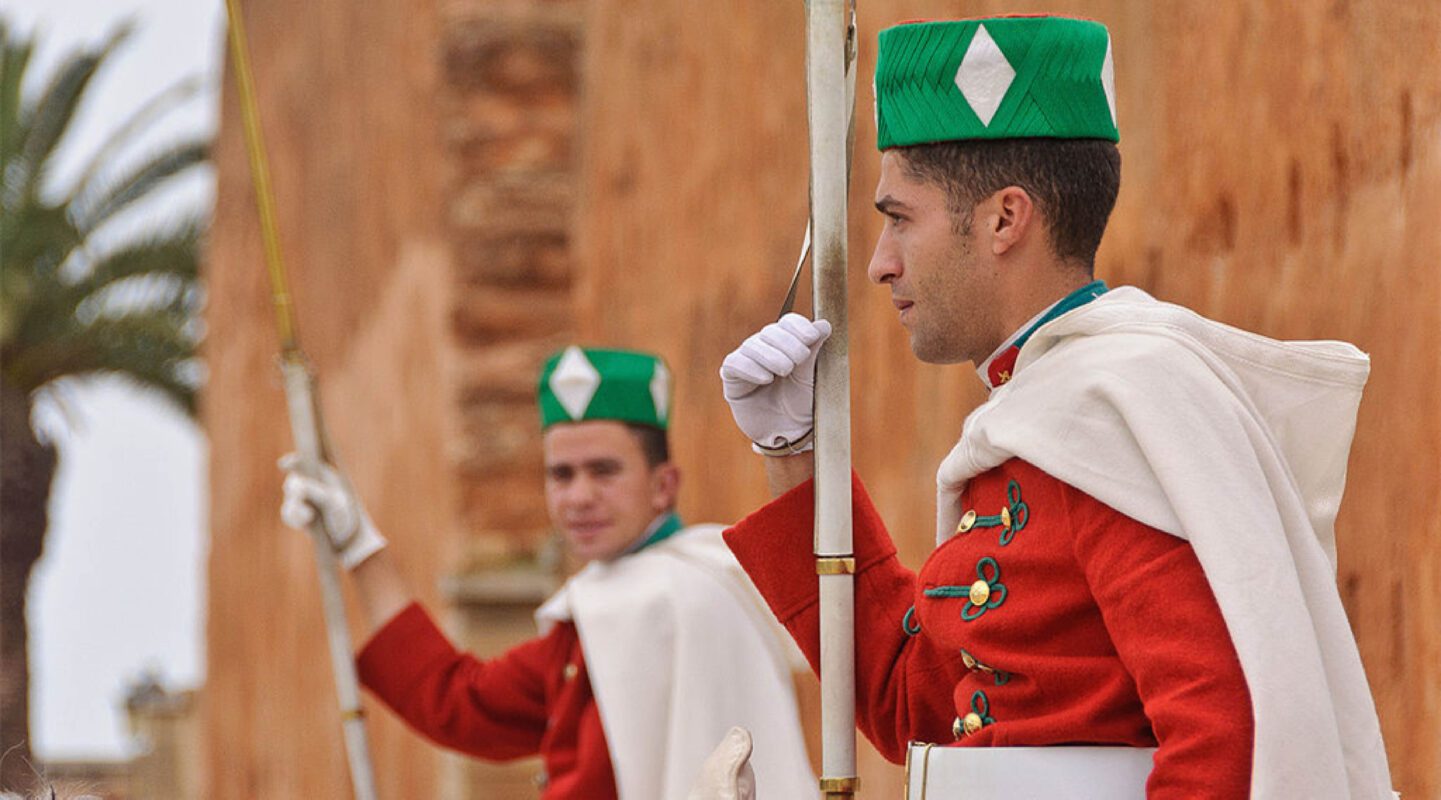
Cape with hood that covers the djellaba. The burnous, whether it is fine for the summer or thick for the winter, has always characterized the masculine oriental elegance, and the Spanish women of Andalusia were wrapped in it to go out, from the time of the Umayyads from Cordoba.
The Gandoura
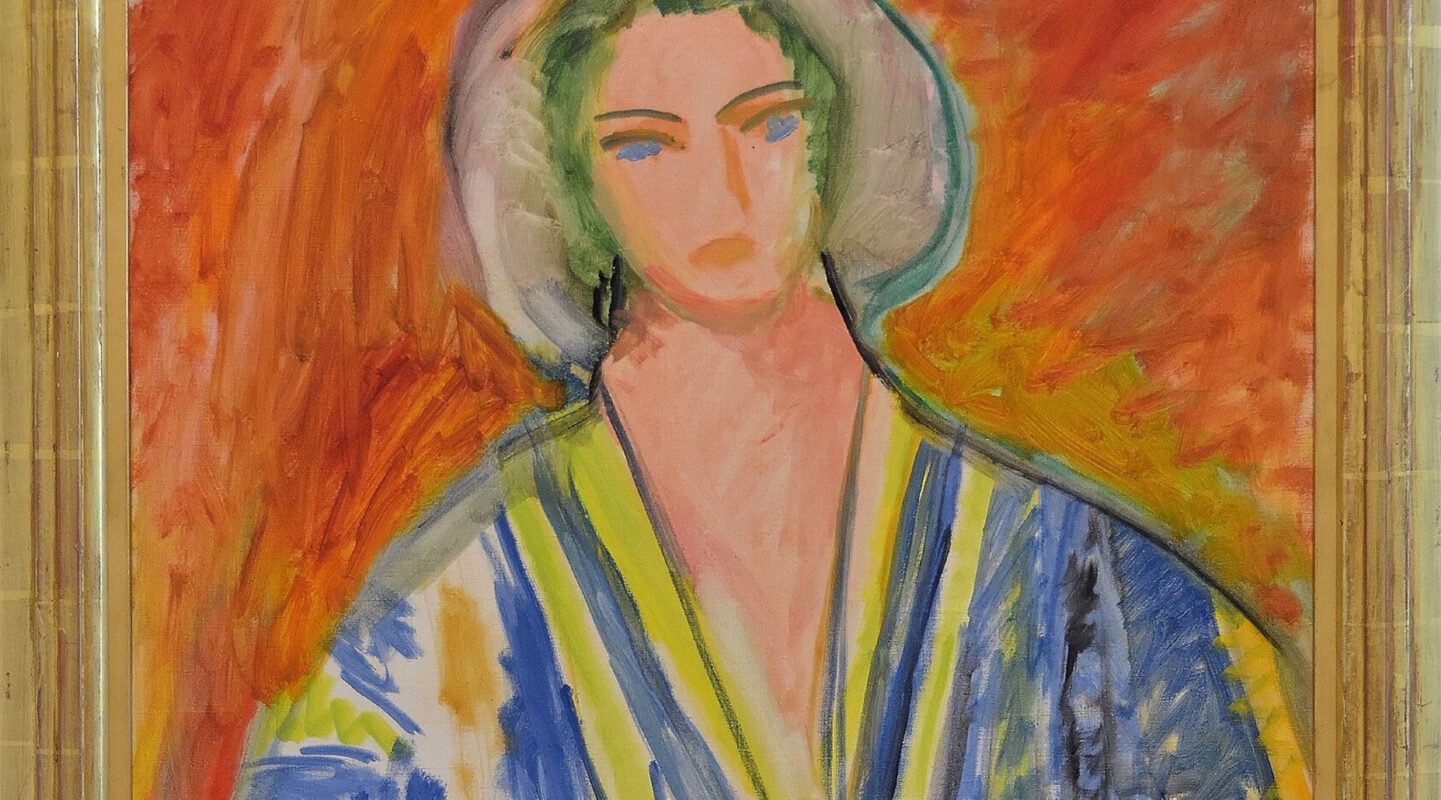
If it looks like the djellaba, the gandoura does not have a hood. It is a loose tunic, long and fluid that one does not wear as an overcoat like the djellaba but like a tunic in its own right. Short sleeves version, the gandoura helps to get rid of the summer heat. Butterfly version is the new darling of weddings.
From the Jbala country to the Sahara: the Moroccan dress peculiarities
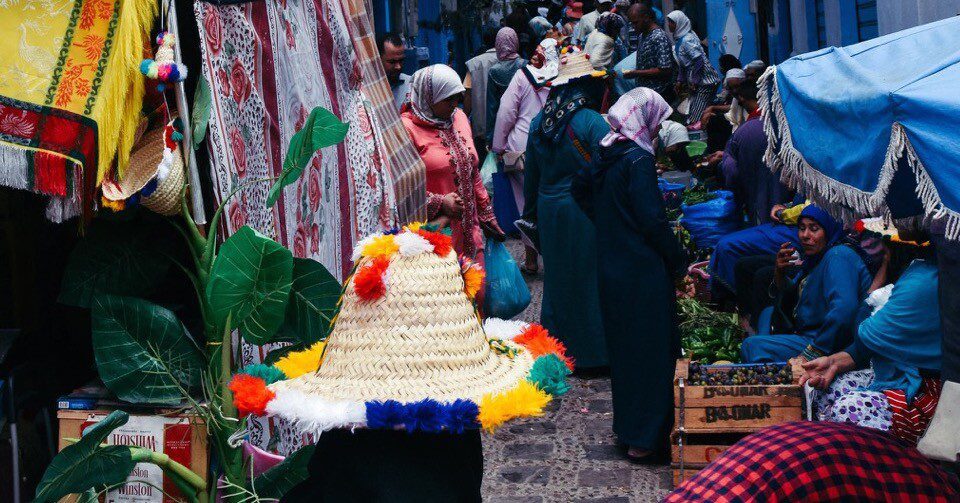
- In Morocco, there are 1001 regional, social and / or cultural variations in traditional clothing … The women of the Jbala country (western mountains of the Rif), dressed in their straw hat adorned with pompoms called “chahiya” ,hung on the belt.
- In the Saharan countries, Melhfa (or Malhfa) and Derâa. The Malhfa is the traditional dress of the Saharawi woman. Lively and colorful, it is a drape made of fine fabric over 3 meters that is wrapped around the body. Derâa is the traditional blue clothing worn by Saharawis (men of the Sahara). It can be completed with a Serwal (baggy Aladdin style), and a cheche (blue turban), it looks like a large and airy gandoura blue.
- The sartorial traditions are also the prerogative of certain musical and spiritual brotherhoods (Gnawa, Aïssawa, Hamadcha , Gharbawa etc.) or even professional ones (the water carriers called guerrab).
Contact us for more travel information!

